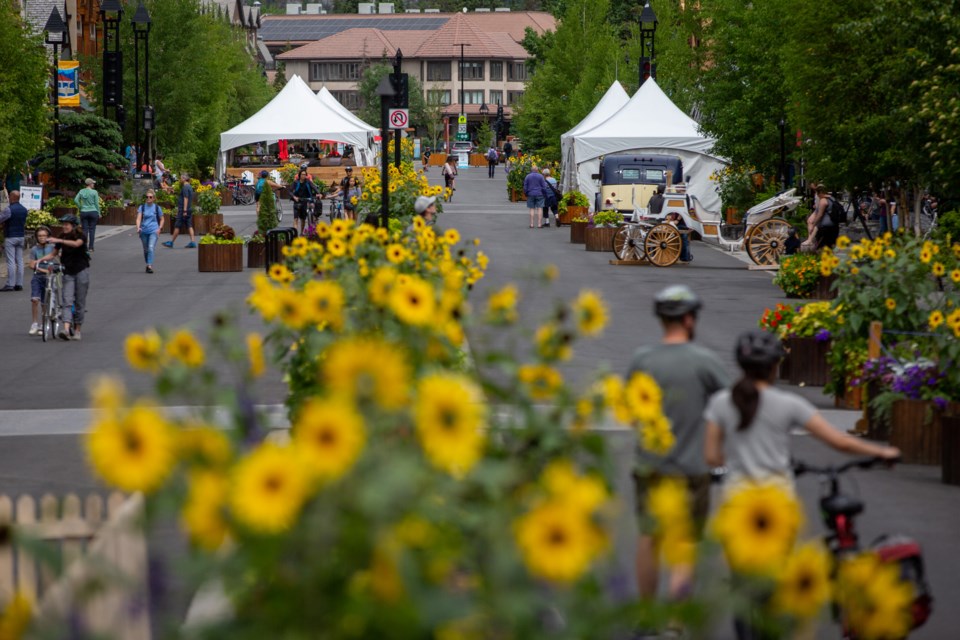BANFF – The Town of Banff has been given a $6 million cash injection to help the municipality deal with the financial burden of the COVID-19 pandemic.
The provincial and federal government operating support money helps municipalities pay for incremental costs and lost revenues associated with the pandemic, which left municipalities struggling financially.
“The Town of Banff saw significant losses in revenues in 2020 such as reduced business licence revenues, utility revenues, recreation facility rentals and parking and traffic fine revenue,” he said Chris Hughes, the Town of Banff’s director of corporate services.
“There were also significant additional costs related to the purchase of protective equipment, signage and communications, hardware and software to allow remote work and the costs associated with the downtown pedestrian zone.”
The new funding, known as the Municipal Operating Support Transfer (MOST), comes in three separate funding envelopes – $414,747 for transit, $903,674 for general operating and $4.69 million related to tourism – for a total of just over $6 million.
“The tourism component was $10 million allocated to Banff, Jasper and Canmore based on each municipality’s share of the estimated daily visitation,” said Hughes.
Earlier in the year, Banff town council addressed COVID-19 financial challenges by reducing employee wages and benefits, training and travel and making significant reductions to planned transfers to capital reserves.
Banff’s budget stabilization reserve – the so-called rainy day fund – was also used to offset some of the unanticipated financial burdens that came with the pandemic.
“With this new funding comes an opportunity to address some of the reductions that were made during the 2020 budget amendment,” said Hughes.
To that end, Hughes said administration recommends transferring $3.54 million to the general capital, water and sewer reserves – savings accounts to replace critical infrastructure.
“This will also allow the municipality to not increase the utility rates in 2021 in order to fund the 2020 reserve deficit,” he said.
In addition, administration suggests transferring $414,747 into the transit operating reserve and $256,000 into the budget stabilization reserve to cover previously approved expenditures for 2020 safety protocols.
In addition, Hughes said $100,000 of the funding allocation could be used for further COVID-19-related safety initiatives during 2020 such as signage, special event support and additional safety protocols.
“Administration continues to strive to find ways to serve the community while keeping it safe,” he said. “There continues to be areas where improvements could be made with a little more funding.”
Lastly, council is being asked to consider putting $1,702,551 into an economic recovery reserve.
“[It would] be used in future years to support the rebuilding of the local economy and future safety protocols,” said Hughes.
Council will consider all of administration’s recommendations for the COVID-19 money at its next meeting on Monday, Oct. 26.
“Any direction from council for the use of the MOST grant will be outlined in the upcoming third quarter forecast and reported on at year-end,” Hughes said.




